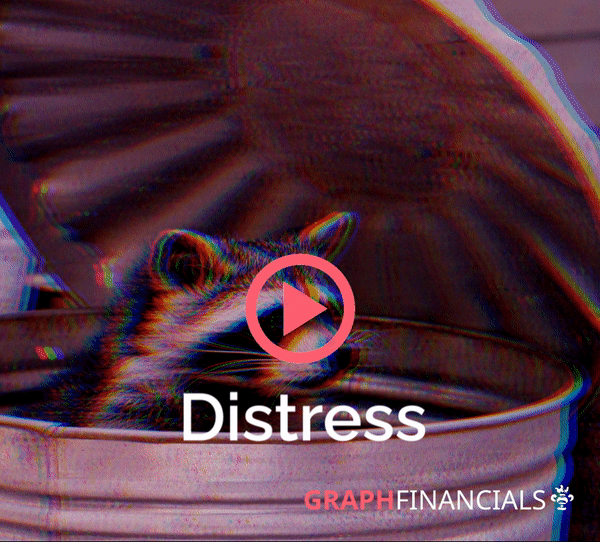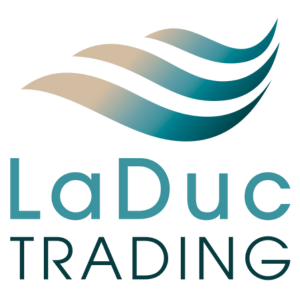
LUFAX: REBASING THE DISCOUNT TO TANGIBLE BOOK POST CAPITAL DISTRIBUTION – expect a 1 USD jump post distribution
📺 CAPITAL DISCIPLINE FORCED BY THE CONTROLLING SHAREHOLDER PING AN

In this episode, we go through the income statement and the balance and we do a calculation of the discount to tangible book adjusted to the capital return and explain what to do before and after the distribution.
The Company touched a low of 129 billion RMB in loans on the books in Q4 2023 and had a loss of 100 million dollars. However, the Company had positive earnings during the year 2023. The reason for the loss is quite simple.
The Company has been in run-off of its legacy SBO loans that were underwritten during a boom just prior to COVID. As China had a quite protracted COVID period longer than other countries by 1 year, a lot of those loans soured especially in the tier-2 region.
The Company embarked on de-risking of its loans portfolio and had a large negative operating leverage, meaning shrinking loan books as the Company was getting picky on its SBO Loans, getting rid of third-party origination and switching to consumer loans. However, during the whole derisking, the book stayed unimpacted.
The balance sheet was bulletproof; we knew that by extensive financial analysis of ratios and contingent liabilities, but the markets still dominated by momentum (not for long) were pricing a high probability of bankruptcy with a price to book at 15 cents on the dollar.
We have been forcefully vindicated, and the know-nothing players (abated by the sell-side community those days) forcefully shellacked as the Company is completely able to distribute a large 2.42 DVD per ADS.
There was an additional impact of switching to 100% risk-taking on those loans (higher profitability), those front-load the provisioning so in the first quarter while they are of a much better vintage they generate this accrual.
Why do we know the derisking is done? The Company had 129 billion CNH in loans by Q4 2023 but is guiding to 200-230 billion loans balance by year-end 2024. Besides the PMIs of China are getting better.
The company trades still at 22 cents on the dollar of tangible, and post-distribution, it will be very low at 11 cents due to the post-distribution price of 1.07 representing a price to tangible book of 11 cents per share. But we have no loss and capital discipline from Ping An, and probably more capital distribution down the road.
So there should be a jump of 1-2 USD accordingly post distribution so we get back to not NONSENSICAL discount to book value given that this guidance should most likely result in positive earnings given the inversion of operating leverage (operating costs spread over a larger base of revenues) Those loans are not from the old vintage of loans BUT of the new consumer loans with much better credit metrics.
📺 EXPECT A 1-2 USD jump post distribution due to discount rebasing (watch the explanation)
IF YOU MISSED THE PREVIOUS EPISODES:
👉https://link.graphcall.com/Boom-Bust-Recovery
👉https://link.graphcall.com/Lufax-06-2023-part_III
👉https://link.graphcall.com/Lufax-06-2023-part_II
👉https://link.graphcall.com/Lufax-06-2023-part_I
👉 https://link.graphcall.com/LU-Q1-2023-Review
👉 https://link.graphcall.com/Lufax-Valuation-Insights
👉 https://link.graphcall.com/Macro-Retail-China
👉 https://link.graphcall.com/F1-Lufax-Part-1
👉 https://link.graphcall.com/F-1-Lufax-Part-2
👉 https://link.graphcall.com/F-1-Lufax-Part-3
About the author
Geoffrey provides unique insights. As DM and EM start to switch places in fiscal dominance regimes, his experience from a firm that traded EM bonds in the early 2000s will prove crucial. He is also versed in pre-FX as reserve monetary systems ( prior to 1922) and it will prove handy to understand local ccy trading, and its impact in FX, bonds, PM and currencies.
Former portfolio manager of 15 years at York Asset Management, a US and UK based firm specialized in Global Risk Arbitrage & Special Situations, Geoffrey is now CEO of DocuTalk, a NY-based software company that pioneered a new visual format to interactively present documents in video format using patented technology (and featured in the ’30 year anniversary’ edition of the Investor Relations Magazine New York).
